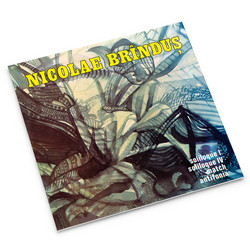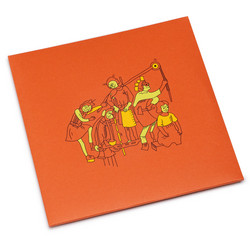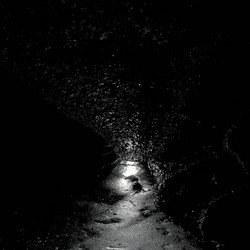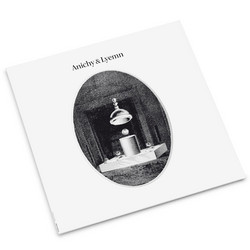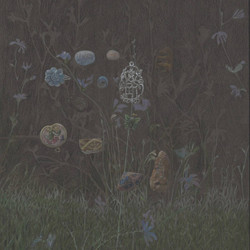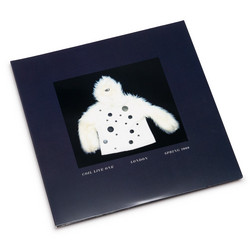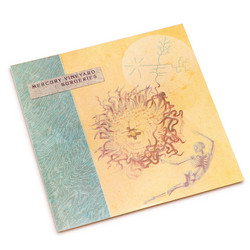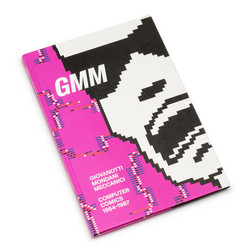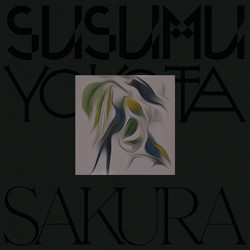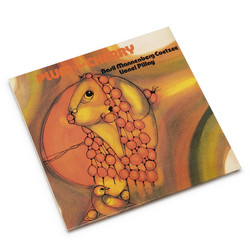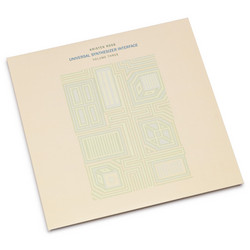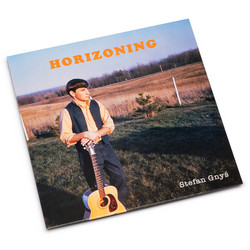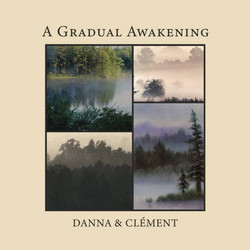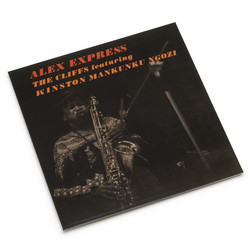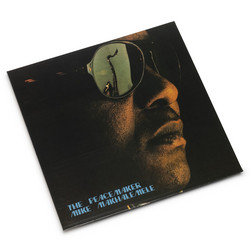On The Tinnitus Chorus, Michael Scott Dawson transforms adversity into gentle exploration. After years spent contending with persistent ear troubles and a failed attempt at a solo album, Dawson shifted focus—at the suggestion of his label, We Are Busy Bodies—to collaboration, opening his creative process to a spectrum of revered friends and sonic kin. The result is a luminous collection of twelve tracks, each animated by subtle ensemble interplay, soft drones, and tactile nuances. Dawson’s palette builds on the weathered ambience of his earlier works but pushes further into unpredictability. Listeners will find decaying tape fragments, birdsong, and layered textures threading through modular synths and steel guitars. Notably, contributions arrive from artists including Suso Saiz, M. Sage, Eli Winter, Dasom Baek, Vumbi Dekula, and several members of Peace Flag Ensemble, among others. Their individual styles never crowd the record’s spirit; instead, they compliment Dawson’s inclination toward contemplative storytelling. “Where There Is Happiness There Is Happiness,” with M. Sage, offers a subdued optimism; “Fondness” pulses with Congolese guitar and a fleeting exuberance. Through such moments, the album eschews grand gestures, preferring sustained intimacy.
Field recordings and micro-sound design—pops, warbles, environmental echoes—mirror the very phenomenon that inspired the work, rendering the experience both immediate and universal. Dawson’s production choices respect fragility: no element overwhelms, creating an aural landscape familiar to those with a personal history of sonic discomfort. By compiling this chorus of voices, the album achieves unity, a gentle counterpoint to the isolating experience of tinnitus and a nod to broader existential resonance. The collaborations are neither patchwork nor spectacle, but an act of mutual comfort and creative solidarity. The Tinnitus Chorus stands as Dawson’s assertion that music’s restorative capacity is inseparable from its vulnerability: ambient, folk, and drone traditions commingle with a humility rare in contemporary sound art. The album’s approach should reward close listening, revealing layers of emotion, subtle invention, and fleeting joy. Far from mere catharsis, Dawson’s project proposes that acceptance can yield its own forms of beauty—where afflictions, transformed, become sources of communal connection and understated celebration.

